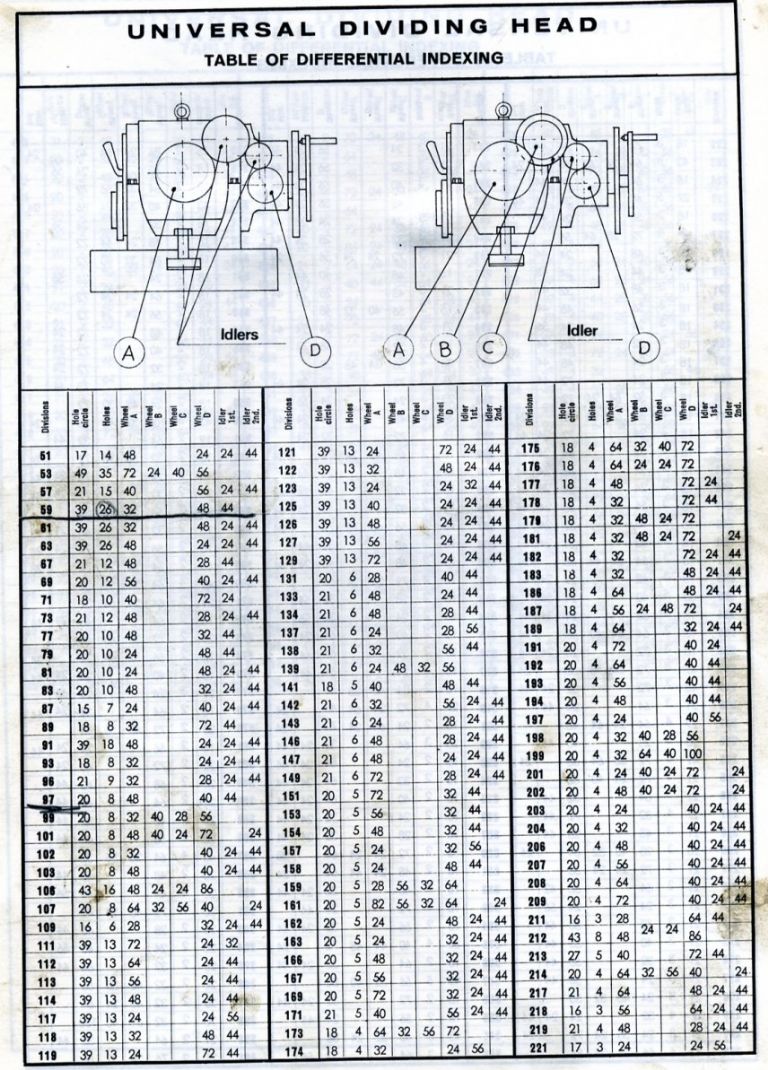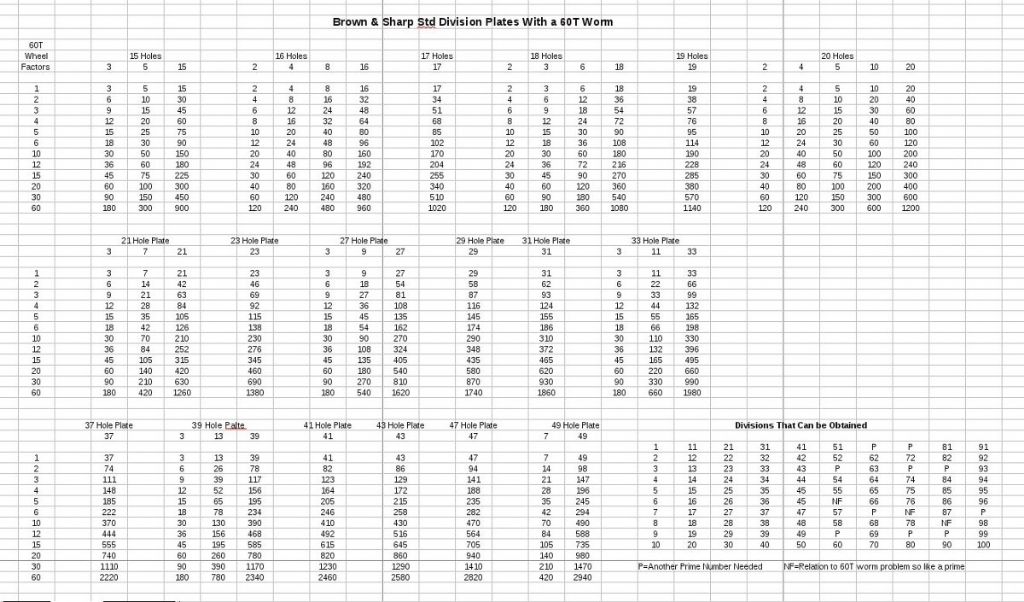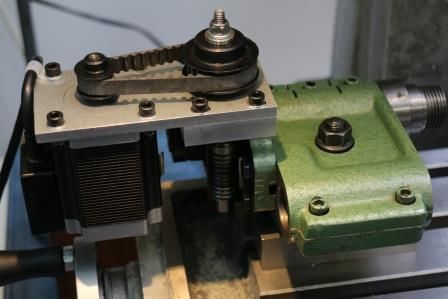Since the question of the accuracy of digital dividing came up earlier in this thread I thought that I would see if I could measure how well my Ward / Myford divider does.

The only way I have to measure angles conveniently is a Wixey gauge, so first I bolted an angle plate to my VH6 rotary table, set vertical on the mill table, and rotated the VH6 by various amounts, initially in 1 degree, then 10, then 45 degree increments. During this the mill drive was running as a little bit of vibration seems to make the Wixey behave better – I think it may have a very small amount of stiction.
The Wixey indication was never more than 0.1 degree out, and happily came back to zero after a complete rotation.
Then I set up the digital DH on the table, with a 4J holding a steel plate horizontal to take the Wixey, and repeated the measurements – with exactly the same results. Setting the DH up for 127 divisions, the angle readings agreed exactly with theory for each division at least to the resolution of the angle gauge (which is only 0.1 degree of course). My controller is set up for 4x microstepping, or 48000 steps per rev with the 60:1 worm drive in the Myford DH. Minimum theoretical angular resolution is 0.0075 degrees (with all the caveats about microstepping).
I don't think I'm going to worry about the accuracy of digital dividing for what I do.
Duncan Munro.


 or confuse further as googling differential hobbing brings up several areas
or confuse further as googling differential hobbing brings up several areas
 ?
?







